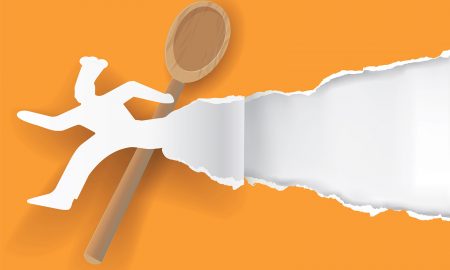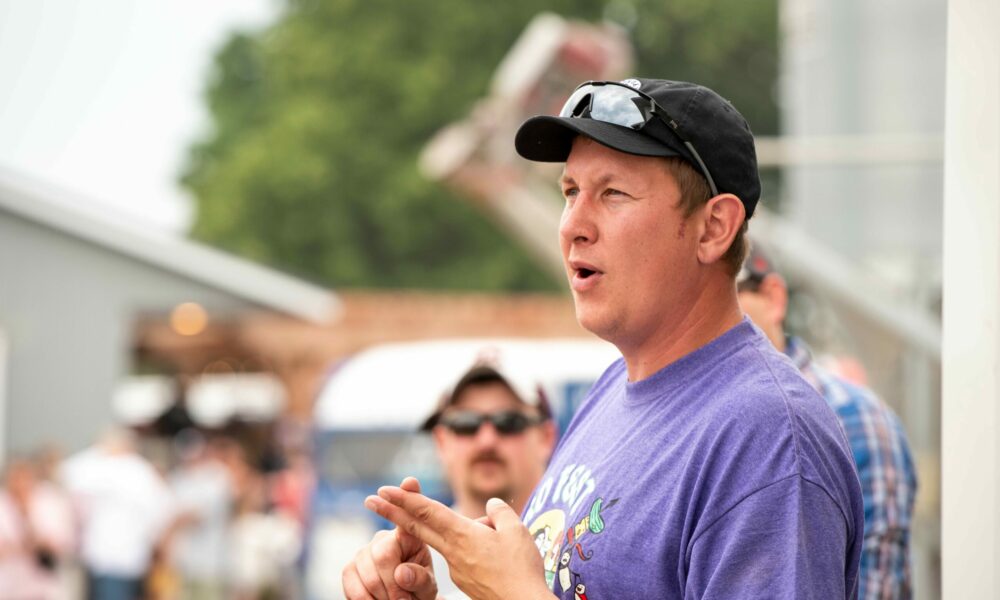

Today we’d like to introduce you to Lucas Sjostrom. They and their team shared their story with us below:
Fermentation, what a wonderful thing. We use fermentation to make cow feed, cows use fermentation to digest their feed to produce milk, and we ferment the milk utilizing bacterial cultures to make cheese. We began making cheese in 2014 because of a dream that started in 2002. Alise figured out how to return to the farm and add value by making cheese. She went to the National 4-H Dairy Conference and saw her first farmstead cheese company, then came home and told her parents that’s “what we need to do.”
With a college degree in marketing and some hands-on cheese time at the University of Minnesota’s Pilot Plant, she and her new husband, Lucas, headed to Vermont for his job. She found a job at a cheese plant. When they moved to Wisconsin two years later, the farm where she was first inspired gave her a job. 10 years later, we have national and international awards in cheesemaking. Every day, we continue to ferment feed; cows ferment the feed to make milk, and milk is cultured to make cheese. That’s three fermentations happening daily at our place. What if we added one more? Where could we go?
If you’ve found this page, you probably already know the answer – alcohol. Beginning in 2018, fermenting dairy became all the buzz, literally, too. Oregon State University was working on a yeast (see “Let’s get geeky” below) and making the news for turning milk into alcohol. Lucas, one of the four owners of Redhead Creamery, caught the news article and remembered a short article that crossed his desk circa 2011. As an editor at Hoard’s Dairyman magazine, it was much more his job to edit than to write. He did both, but a major part of the job was going through newspapers, magazines, and peer-reviewed journals to ensure the best news made it into their publication, “Milk Vodka,” the article described. He mentioned it to his wife, Alise, and tucked it into his mind.
At the time, the couple explored beer and wine while visiting cheese plants. Craft distilleries were a little of a thing and, in most states, still difficult to start (what’s new?!). But from 2018 to 2023, this relaunch of “milk vodka” news set Lucas on a journey. He read about 60 books on distilling, lactose, fermentation, milk filtration, and the history of alcohol; took classes at Oregon State and Moonshine University; networked with anyone who knew anything about the practice, helped spur the design of an ultrafilter/nanofilter/reverse-osmosis machine and was bountifully supported by his family and partners through it all.
When Redhead Creamery was first constructed, the family was proud to have collectively visited over 50 farmstead dairy processing plants. When Lucas started planning Redhead Creamery Spirits, he made it to over 150 and counting. It helps that they’re often close together in urban areas and the same places as recent cheese conventions. It also helps that they sell booze. Thanks to overwhelming support from our families (including a bottle of whey spirits smuggled from California to Wisconsin to Minnesota for Christmas 2020), friends, fans, and customers, Redhead Creamery Spirits commenced construction in 2023. In addition to the people mentioned, financial and technical support was received from the 2018 Farm Bill, the State of Minnesota, the Minnesota Agricultural Utilization Research Institute, professors at Cornell University, the University of Wisconsin-Eau Clare, and the University of Georgia. As most know, alcohol is a high-risk endeavor due to the large companies and arcane laws involved. Thanks to those mentioned above, we hope to have cut down our risk. Further, a grant from the Dairy Business Innovation Alliance also makes our project an experiment in and of itself – the question is, had we started all over again, would it have been a good investment to build a distillery right away? We’re betting on yes and want to show other cheesemakers how to do it.
Jer-Lindy Farms, Redhead Creamery, and Redhead Creamery spirits will be the first and, for now, the only place on earth where the bounty starts as the soil is harvested as milk, which is converted into cheese. Then, whey is filtrated as milk sugar and proteins, and finally, milk sugar is fermented and distilled into spirits. To top it off, we’ll use the water from our milk (87% water) as proofing water to top off our spirit.
Let’s get geeky
Whey spirits sprang onto the scene in 2018 as researchers at Oregon State University further developed Kluyveromyces Marxianus to convert lactose to alcohol directly. Traditionally, you need glucose, sucrose, or fructose converted utilizing Saccharomyces cerevisiae. The magic begins with fermentation. We harvest corn and alfalfa from our roughly 300 acres of land to make most of our animals’ diets fast. Heifers and cows will eat alfalfa baleage hay and corn silage that have been fermented until plastic that we recycle to create future consumer bags. Cows ferment that feed to create milk (and the rest of their bodies), and we ferment the milk to create cheese. Then, we create a milk wine (first place at Stearns County Fair 2023, baby! [out of one entry]) by filtering out protein from our whey and concentrating the lactose. We turn a product that’s about 95% water, 1% protein, and 4% lactose (sugar) into one that’s about 85% water and 15% lactose (sugar). However, lactose is not typically fermentable, and that’s why the Oregon State research was such big news. Lactose has been fermented for a long time. Mongolia and Tuva, with many cows and horses and not much else for fermentable resources, make much koumiss (milk beer) and araga (once-distilled whey spirit). Horse milk is 9% lactose, so it ferments rapidly.
Fast forward to modern-day cheese production. It’s likely many tinkered around, on purpose or by accident, with whey alcohol. There is a legend of Blaand in the Nordic countries, a mixture of whey and mead. In 1950, J.L. Kraft built a whey distillery (for fuel) on a Chicago cheese plant. And in the mid-1980s to early 2000s, plants in Corona, California and Melrose, Minnesota continued the journey. Back to our process, we’ve got 15% lactose. But rather than use a special yeast, we utilize the enzyme lactase – the same stuff in our stomachs and the same enzyme that gives us lactose-free milk, by splitting lactose into its two parts – glucose and galactose. Glucose is fermentable by S. Cerevisiae, but galactose is only partially. Regardless, we think the cream and milk sugar flavor comes through with milk beer and spirits. Anyone can distill once more, removing flavor from the bier they’ve created and concentrating alcohol. But to add flavor, we turn to fermentation, and our spirit will be one of the few four times fermented and at least twice distilled. So, we thought we’d give it a whirl. Let us know what you think!
We all face challenges, but looking back, would you describe it as a relatively smooth road?
When we started making cheese, it was a rough go. We lost two cheese vats to plumbing issues right off the bat. The most expensive and essential equipment was missing from our lives for the first 5 months of our business. We carried on by selling cheese from others and accidentally found our calling in sharing the story of agriculture through agritourism. Every challenge can often be an opportunity. Since then, we’ve had our share of struggles, like any small business. Being the lone on-farm retail store in our area and one of a handful of on-farm dairy plants in the whole state means we sometimes need to create our infrastructure and get inventive.
Let’s switch gears a bit and talk business. What should we know about your work?
We take time to work with and age our cheese to maximize the quality, trying to make the best cheese in the world.
What do you think about happiness?
We are putting smiles on other people’s faces by providing them with a job, cheese, or a meal.
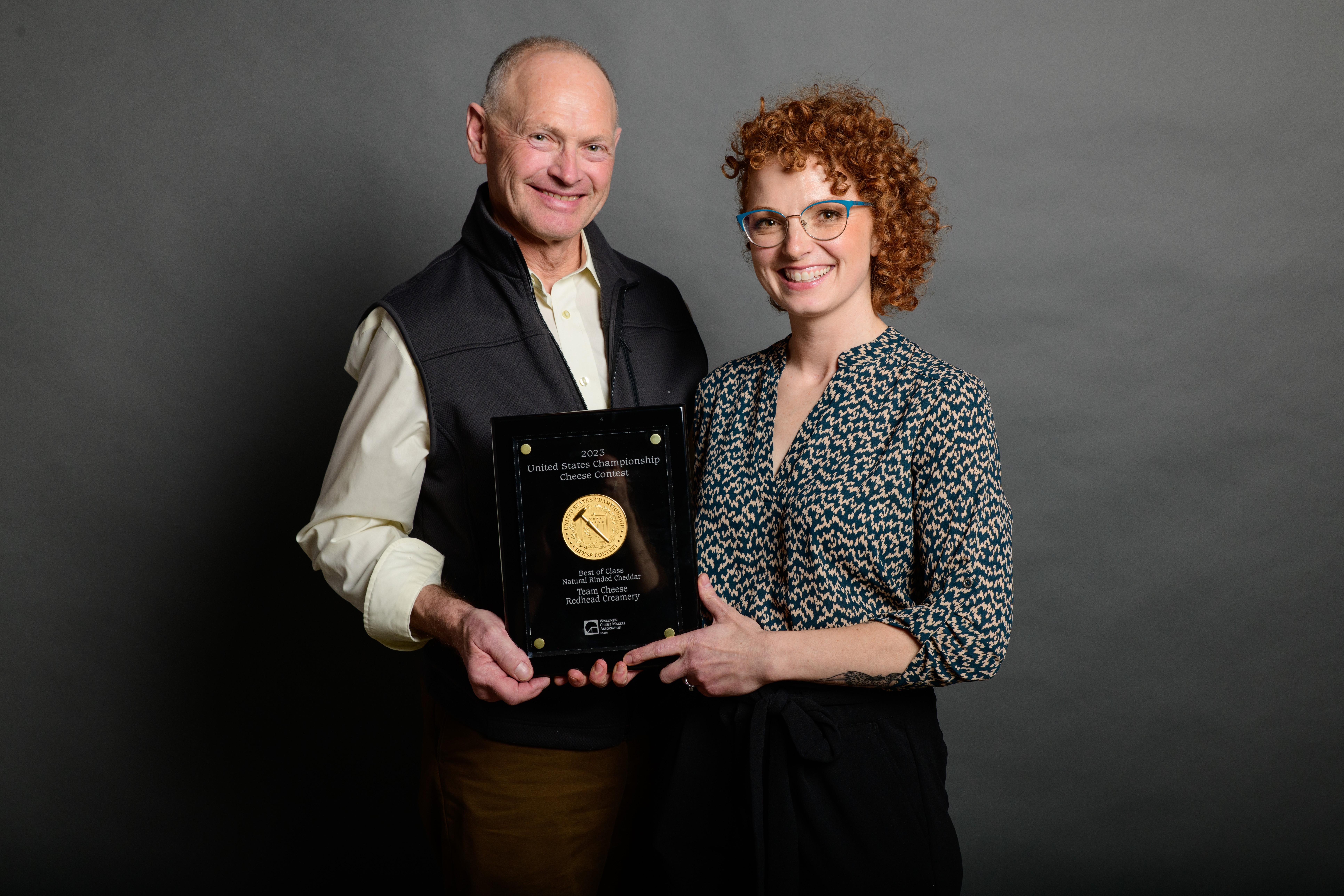
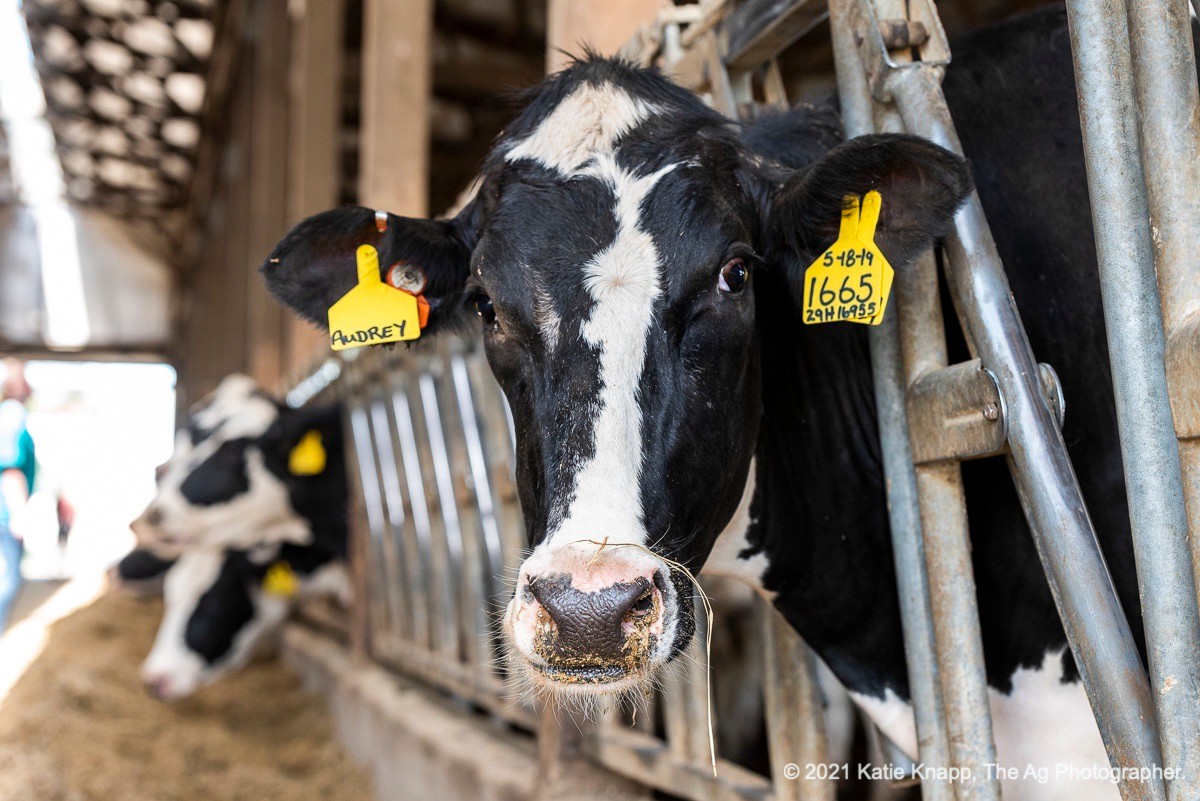
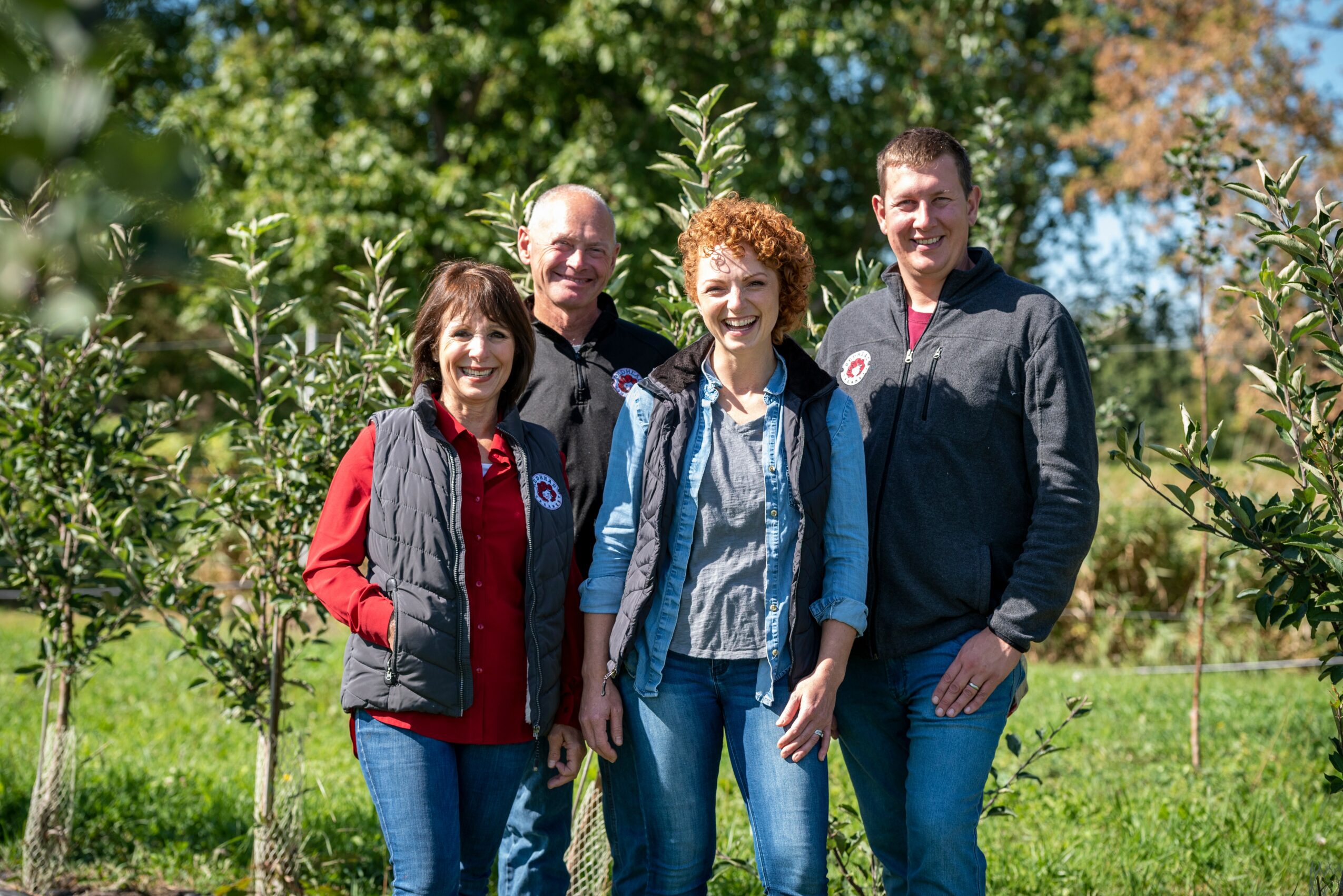
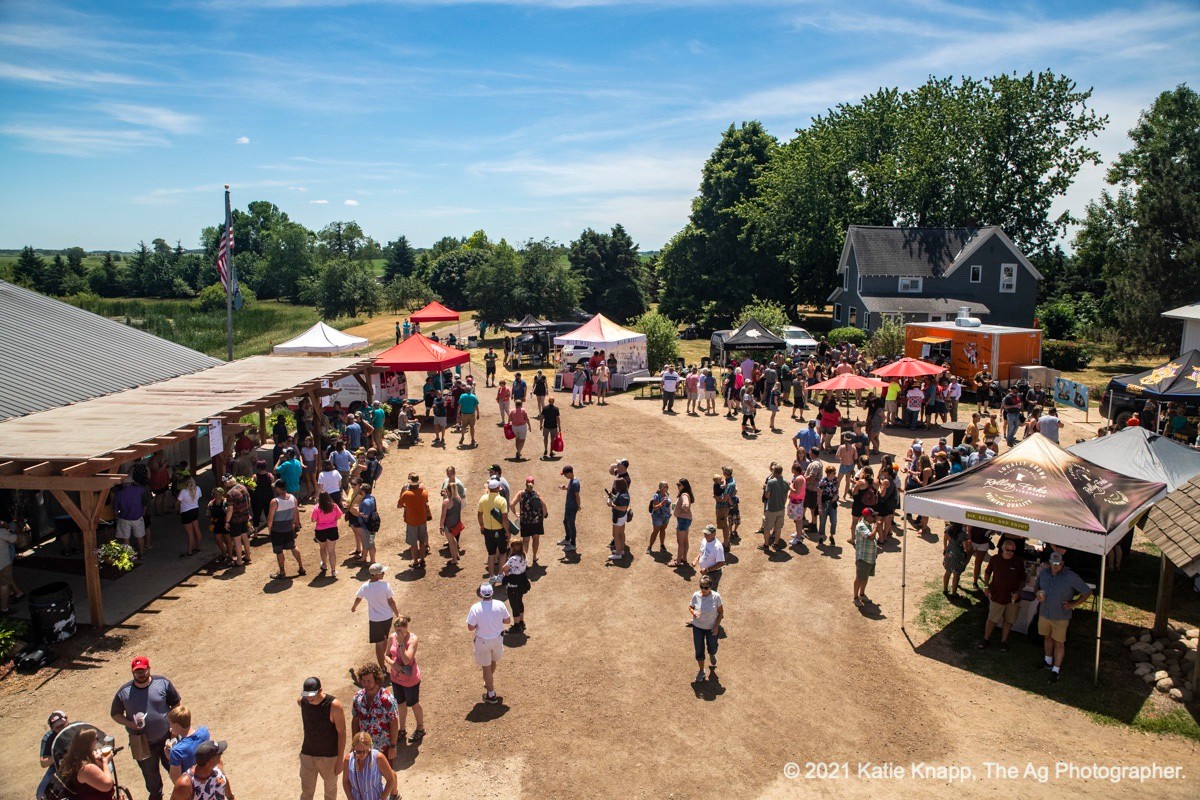
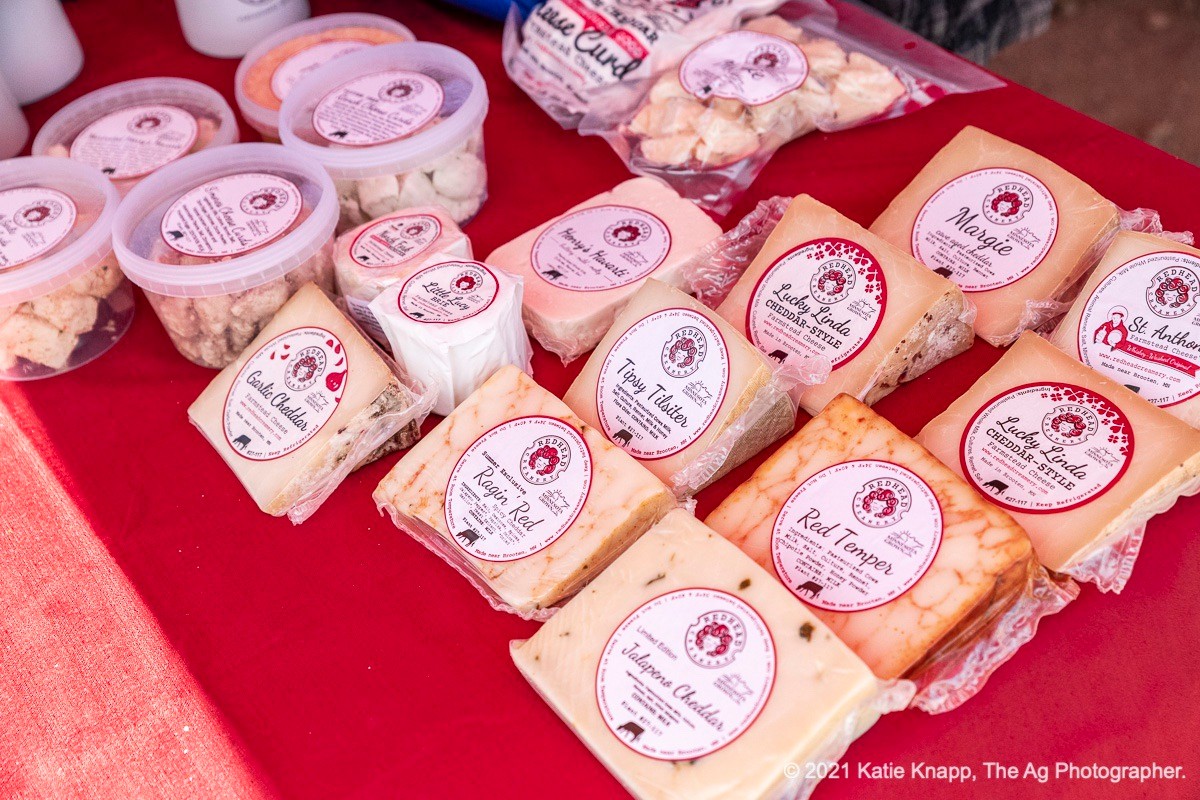
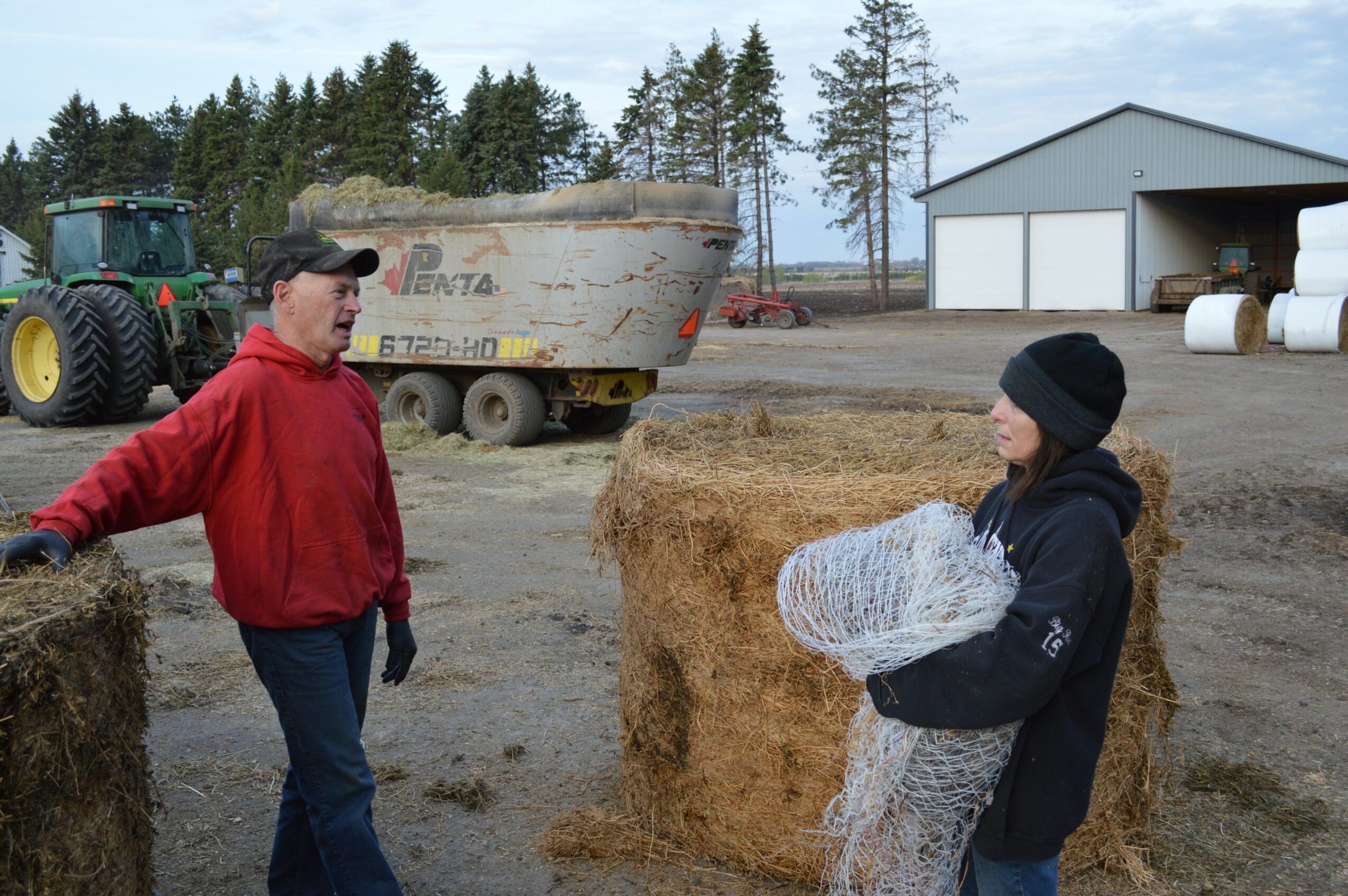
Image Credits
Katie Knapp





